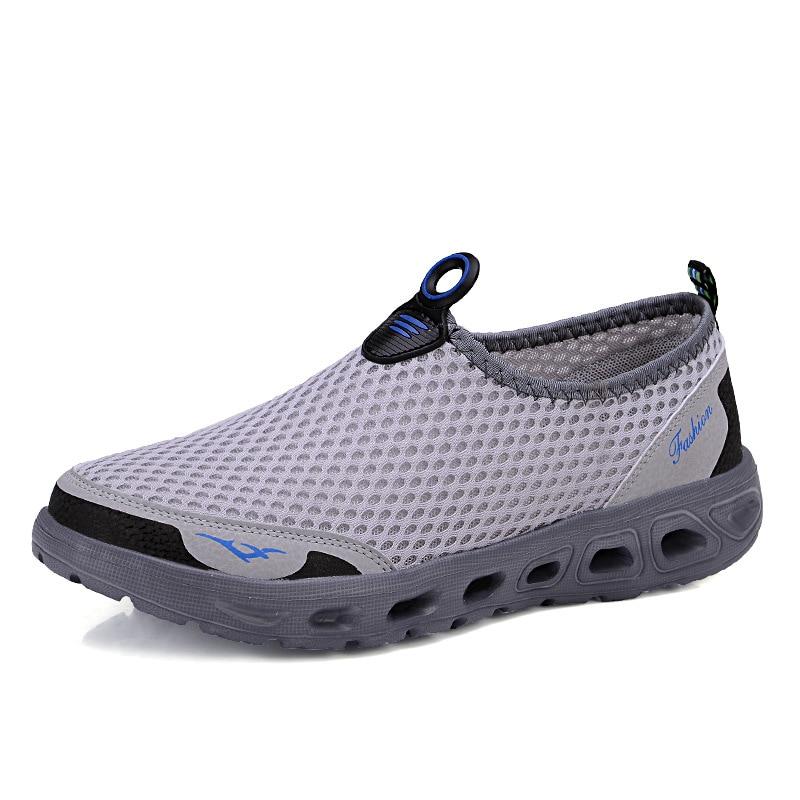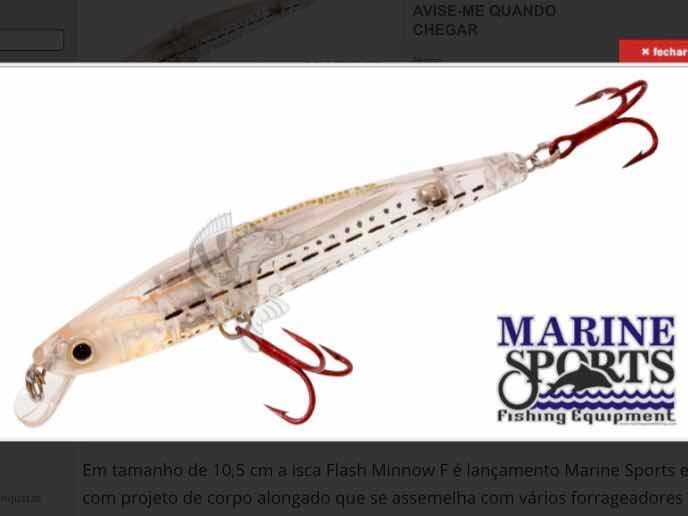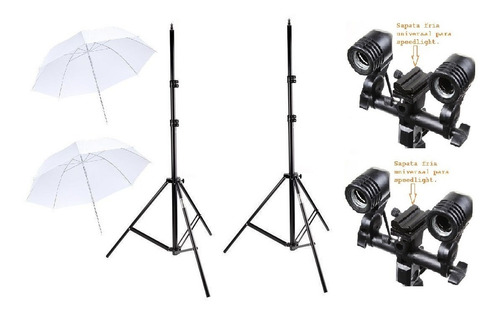
Typically, I use it just for a single flash to light my portrait and occasionally another one or two flashes to light the background or create a rim light effect. It means you’ll need a bunch of expensive SB-5000 flashguns, but you can use the same Group flash feature to control just one flashgun as well. This allows you to control up to 18 flashguns in 6 groups (A/B/C/D/E/F), so you can set the flash power for the key (main) flashes, fill-flashes and background flashes independently. In the Flash Control menu on the D500, go down to Remote flash control and select Group flash. But first, we need to understand the flash controls, to be able to set the flash mode and power. Now you’re nearly ready to shoot some wireless flash pictures. If you use the SB-5000 on the hotshoe at any point however, RADIO AWL is automatically turned off, so you need to remember to turn it on again. And as long as the SB-5000 is set to REMOTE, RADIO AWL is turned on and you haven’t changed the channel, they’ll connect automatically. The camera and flash remember the connection, so you only need to pair device’s once. It’ll take several seconds, but if successful you’ll see a message saying Connection Established and the LINK LED on the SB-5000 will light up green. Whilst the green LED is flashing, press OK on the flash to execute the pairing. Press the grey button on the front of the WR-R10 and you’ll see a green flashing LED, indicating the WR-R10 is now transmitting a radio signal. Now go down to PAIR and across to EXECUTE. Go back to the SB5000 menu and down to LINK MODE and check it’s set to PAIRING – it should be as that’s the default, but worth checking. Then set the Wireless flash option to Radio AWL. If the option for Flash Control is greyed out you haven’t plugged in the WR-R10 properly. On the D500, hit the MENU button and under the PHOTO SHOOTING MENU go down to Flash Control. Step 1įlick the SB5000 into REMOTE mode, hit the MENU button and in the CHANNEL menu, select the same channel as is set on the WR-R10. In which case set them up on different channels. If there are other flashes operating on the same channel, however, you might fire other peoples’ flashes and they may fire yours. Most of the time it doesn’t matter which channel you use, so any of the three are fine. We need to put the flashgun and controller on the same radio channel. Connect the WR-A10 to the D500’s 10-pin connector and plug in the WR-R10 controller.
#Nikon fhash how to
How to set-up Nikon DSLRs for wireless flashįirst, we need to pair the D500 and SB-5000 to set up the radio connection. In this post, we’re looking at the set up using the WR-R10 controller and WR-A10 adapter on the D500. This second flash is set up as a slave to receive the radio signal. That is unless you have two SB-5000 flashguns, in which case one sits on the hotshoe and acts as a master, sending the radio signal to the second SB-5000. But for now, they’re required to be able to fire the flash via radio signal. Hopefully, these can be built into cameras in the future. The necessity to purchase the controller and adapter has been something of a bugbear with Nikon shooters. But for DSLRs like the D5, D850 and D500 with a 10-pin connector port you’ll also need the WR-A10 adapter. The latest DSLRs, including the D7500, as well as the new mirrorless Z7 and Z6, allow you to plug the WR-R10 directly into a port.

You still need the Nikon WR-R10 wireless controller to send a signal to the flash.


However, even these DSLRs don’t control the SB5000 natively. They allow you to take advantage of the new six-channel radio-frequency i-TTL controls. Currently only the Nikon D5, D850, D500 & D7500 DSLRs fully support this. That means it can receive a radio signal to fire the flash. The Speedlight SB-5000 is the first Nikon flashgun to include a radio remote slave. WR-A10 adapter for DSLRs with a 10-pin connector.We’ll also show some of the features and benefits to help you produce better off-camera flash pictures. In this post, we talk you through setting up the Nikon Speedlight SB-5000 for shooting with wireless flash. That’s helpful because you can adjust the mode or power of multiple flashguns without moving from your shooting position. You can also control the flashgun direct from your DSLR. It means you no longer need direct line-of-site between devices and it’s often more reliable, particularly when shooting in bright light. The latest solution from Nikon on the D5, D500 and D850 DSLRs using the Nikon Speedlight SB-5000 flashgun, gives you the ability to shoot TTL, high-speed sync flash and works via radio transmission. It’s never been easier to shoot with wireless flash and there’s a range of relatively affordable solutions available.


 0 kommentar(er)
0 kommentar(er)
